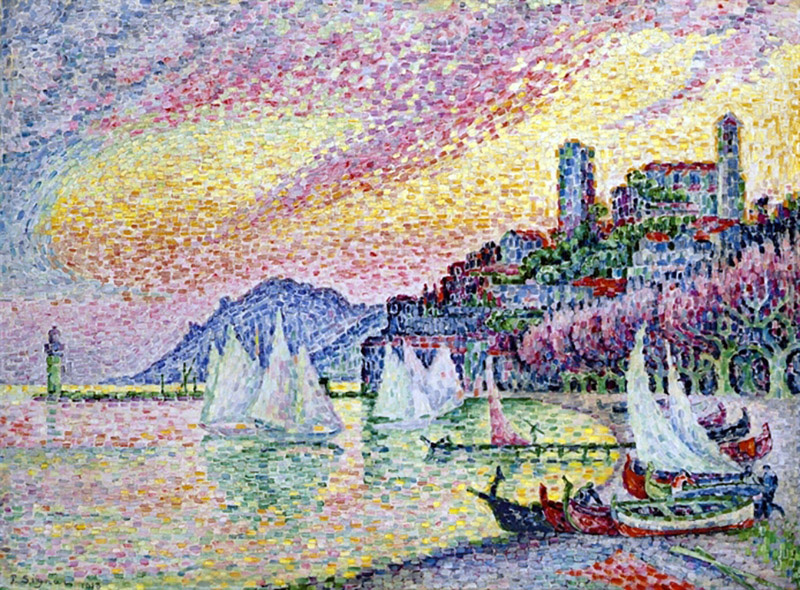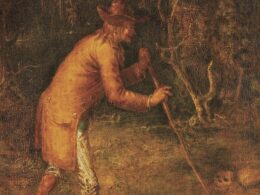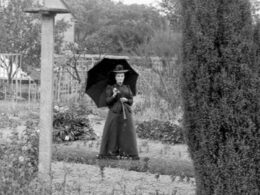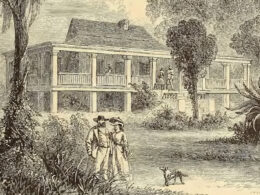From F. Scott Fitzgerald: The Great Gatsby, All the Sad Young Men & Other Writings 1920–1926

Like many of his fellow authors, F. Scott Fitzgerald desperately wanted to have a hit on Broadway. In 1923, he finally found a Broadway producer willing to finance his first play, The Vegetable. Convinced that the show would be a critical and commercial success, Scott and Zelda eagerly anticipated (and spent) the royalties a Broadway hit and national tour would bring. Instead, as Zelda described the opening night of the tryout run in Atlantic City: “The show flopped as flat as one of Aunt Jemima’s famous pancakes. . . . People were so obviously bored! And it was all very well done, so there was no use trying to fix it up.”
The play never made it to Broadway. Fortunately, Scott’s earnings that year, mostly for movie rights and royalties to his past work and advances for his future work, totaled nearly $28,750. Unfortunately, the Fitzgeralds somehow managed to spend close to $36,000—an exorbitant sum in 1923, when the average American earned $1,400.
So, at the end of the year, Fitzgerald stopped drinking and in less than four months wrote ten stories, which earned him $16,450 from the magazines and allowed him both to pay his outstanding bills and to spend the summer of 1924 in the French Riviera finishing up The Great Gatsby. Yet he was soon in debt again. “That was the mystery of the Fitzgeralds’ finances: they never knew where their money had gone because they had nothing to show for it,” writes biographer Matthew J. Bruccoli. “The cycle of debt kept Fitzgerald in bondage to the magazines.”
And so he wrote even more stories, including one set in Cannes and titled “Love in the Night,” which would appear in The Saturday Evening Post in March 1925. The selection would turn out to be the first of seventeen stories in the Post that he would mine to complete his fourth and final novel, Tender Is the Night, which finally appeared nine years later.
You can read “Love in the Night,” along with an introduction detailing Fitzgerald’s dependence on the magazines and especially on The Saturday Evening Post, at our Story of the Week website.



